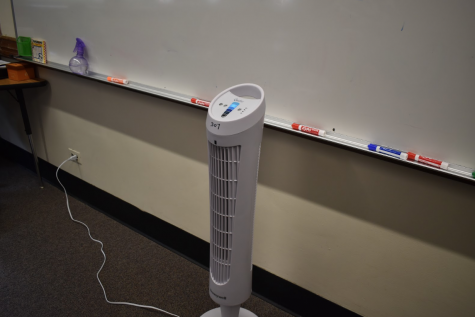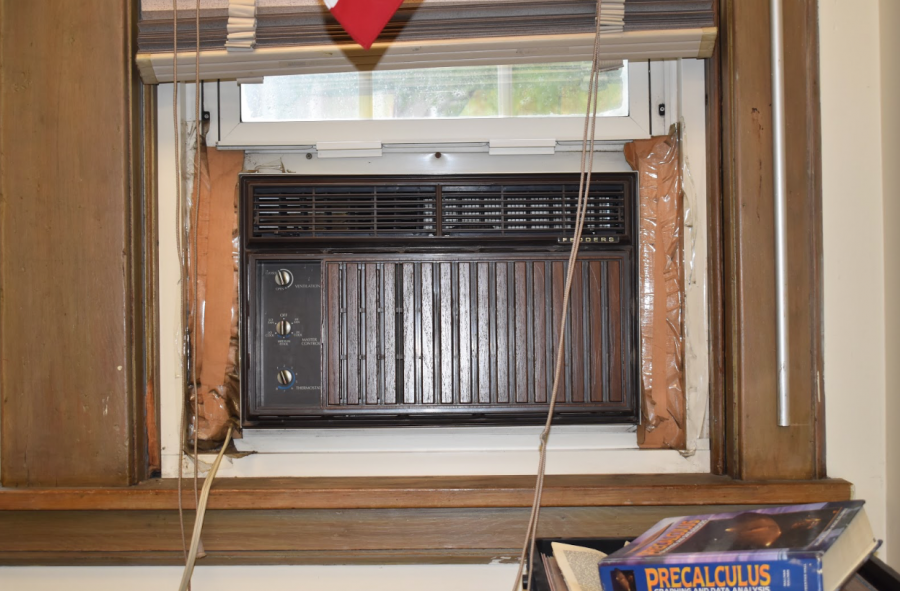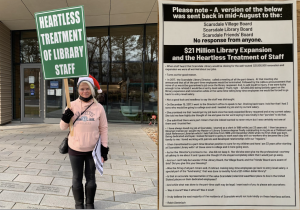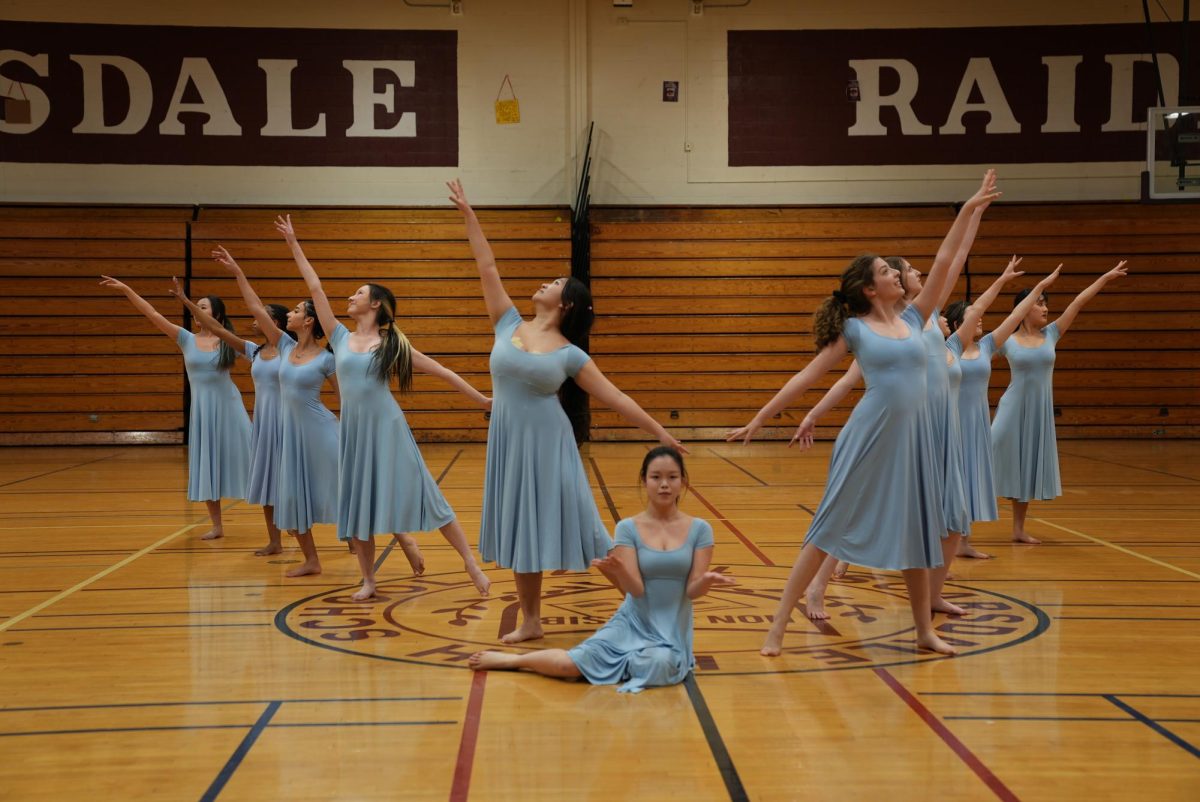It’s Getting Hot in Here
October 11, 2018
It’s your first day of school. You climb the stairs to your first class and as you walk through the door, you are met with a wave of heat. As you sit down, you realize that you are already sweating. You see a small fan circulating warm air and by the time it reaches you, it is merely a breath of air. You look at the clock. It’s been all of one minute.
Scarsdale’s late summer heatwave took its toll in many ways, and has been slow to depart. October 10 saw the heat rise to 80 degrees, well above average for early October. The temperatures skyrocketed up close to 100 on some days, while the heat index shot up even higher to over 100, making it very difficult to even step out of air conditioning. These temperatures interfered with sports tryouts since it was dangerous to exercise outdoors. And once school started, the heat caused practices to be cancelled and games to be postponed. However, after school practices were the least of many students’ worries. Simply sitting in one of the classrooms that lacks air conditioning can feel like a 51 minute sauna. “It’s extremely distracting.” said Lauren Cho ‘19.
To have no air conditioning in a classroom is not uncommon at Scarsdale High School. For most of the year, when temperatures are moderate or even chilly, this is not an issue. But when we’re confronted with a heatwave such as the one we experienced at the end of August and beginning of September, it is a big deal.
While air conditioning in every classroom sounds perfect, it’s not good for the environment. Air conditioning advances global climate change. As of now, there are 1.6 billion air conditioners in the world. Kendra Pierre-Louis writes in his article “The World Wants Air-Conditioning That Could Warm the World” (New York Times, 5/15/18), that according to the International Energy Agency, by 2050 there will be 5.6 billion air conditioners worldwide. Pierre-Louis calculates that these units will result in additional energy use equivalent to China’s total energy use today. It is a vicious cycle: the more air conditioning used, the more the Earth is warmed, and the greater the demand for air conditioning.
It would be extremely expensive to air condition the whole high school. “I think, when we looked at it last year, to air condition every space in the building was 45 million dollars. And then you have all the energy costs,” said Assistant Superintendent Stuart Mattey. Additionally, the high school building is old, which would make installing air conditioning challenging. Mattey added that his office is exploring possible air conditioning alternatives for the future.
Given the significant obstacles to expanding air conditioning at the high school—environmental, financial, structural—it is unlikely to occur soon. For now, Scarsdale is lucky to have air conditioning in some of its classrooms.

























